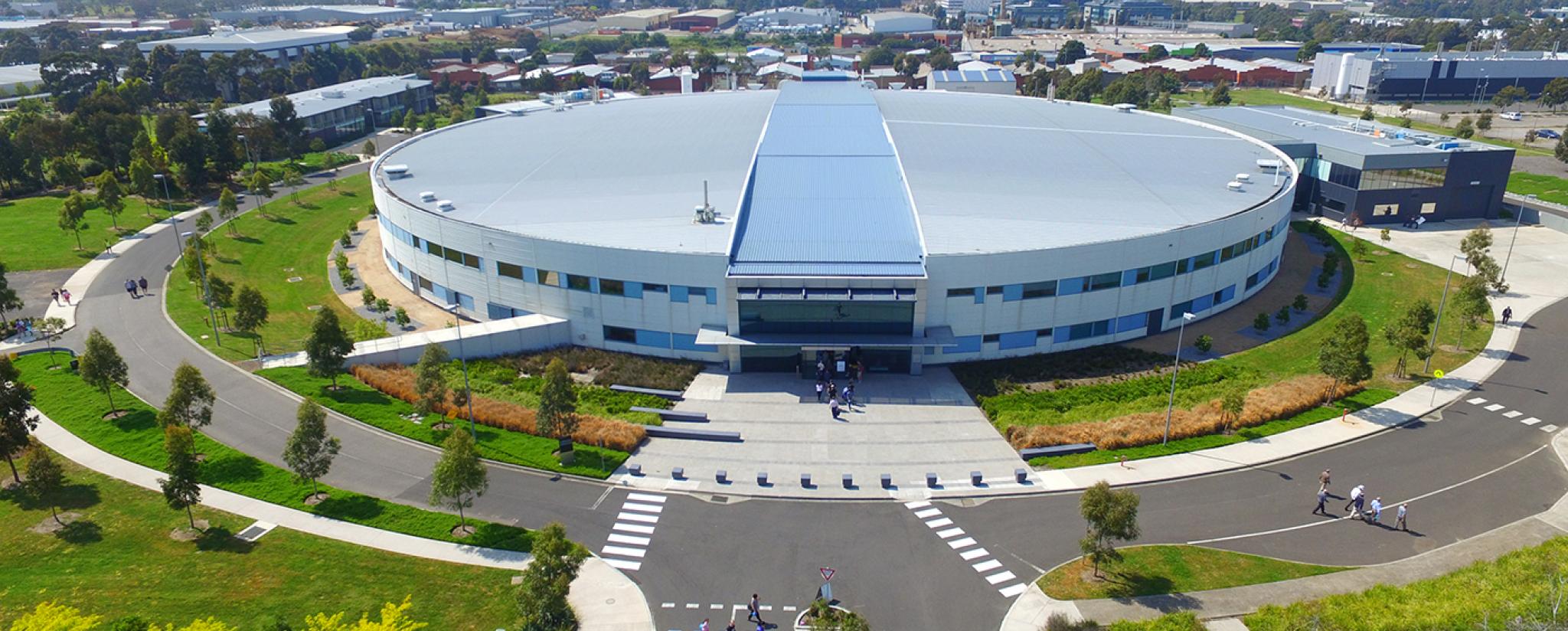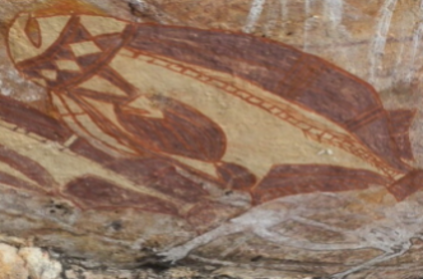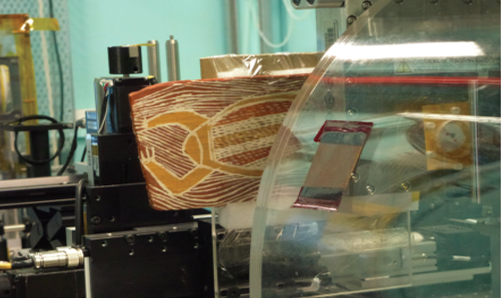
ANSTO - Australian Synchrotron
Bunurong Country
Summary...
The Australian Synchrotron is a major research facility located in Clayton, a technology and innovation hub of Southeast Melbourne. It is one of Australia's most significant pieces of scientific infrastructure. The Australian Synchrotron produces powerful beams of light that are used at individual experimental facilities, called beamlines, to examine the molecular ans atomic details of a wide range of materials. A variety of Beamlines can support research into various facets of Cultural Heritage investigations, including Powder Diffraction, Infrared Microscopy, X-ray Fluorescence Microscopy and the Imaging and Medical Beamlines.Powder Diffraction (PD)
- Characterises the atomic structure and composition of crystalline materials,
- Non Destructive - Small samples; to be removed from the main sample (µg to mg),
- Fast - Seconds per sample,
- Multi-component - Qualitative Phase Analysis (detects crystalline materials in a mixture),
- Sensitive - SR-PD can detect a 0.5% presence of a mineral.
Infrared Microscopy (IRM)
- For the characterisation of the chemical and biochemical composition of materials,
- Non Destructive - Small samples; to be removed from the main sample (less than mg),
- Universal - Many different sample types,
- Versatile - Hard and soft materials,
- Multi-component - Organic compounds; Full FTIR spectrum per point,
- Sensitive - 20-40 fold improvement in the signal to noise ratio over conventional lab-based mid-IR source.
X-ray Fluorescence Microscopy (XFM)
- For the characterisation of metal-containing artefacts,
- Non Destructive and Non-invasive - Composition (metals) and chemical state,
- Fast & Universal - Many different sample types,
- Versatile - Large surface areas mapped up to 200mm per second; High lateral spacial resolutions to 2mm,
- Multi-elemental - Elemental specificity; K-, L- or M- lines of all elements heavier than Silicon,
- Sensitive - Parts per million trace quantities.
Imaging and Medical Beamline (IMBL)
- Can undertake high-resolution phase-contrast imaging and Computed Tomography (CT),
- Non Destructive and Non-invasive - Can image objects while still embedded in solid materials; no material damage,
- Fast & Universal - Imaging 400mm by 20mm sample at 5mm pixel size; 180 degree rotation; 200ms dwell time per projection,
- Versatile - Samples up to 1 meter in height; samples weighing up to 80 kilograms,
- Multi-elemental and Sensitive - Contrast from weakly absorbing materials such as soft tissue.
Contact Details:
Dr. David Cookson(03) 8540 4101
david.cookson@ansto.gov.au



